Since the disclosure of the 2011 financial statements on April 23, the most successful technology company in China is on thin ice: sales of 323.96 US dollars, only an increase of 9.1% (Huawei's average annual growth rate of 20% -30% in the past ten years); net profit 185 million U.S. dollars, a substantial drop of 53%; cash flow of 2.832 billion U.S. dollars, a decrease of 42.5%.
The deceleration of scale, profit decline, and cash flow decline, which are in line with the excellent performance of the high growth against the market in 2010, it makes the external associations that Huawei's development has touched the ceiling yet?
"Looking back at the past 20 years, our products have been lagging behind in the industry, but we haven't had any followers or leaders in many areas until now." April 25, Huawei vice chairman, company rotation CEO Xu Zhijun responded to questions from overseas analysts about the sudden slowdown in Huawei's performance. He said that the company's core business has been decelerated due to the general decline in the telecommunications industry and the suppliers' price cuts. "This trend will continue."
Xu Zhijun also responded by saying that the decline in profits is the cost that Huawei’s core business must migrate from a single platform (operator market) to a multi-platform (enterprise network and consumer business). For example, Huawei’s R&D investment in 2011 reached 23.696 billion yuan. The amount of 11%, an increase of 34% over the previous year, is the highest in the industry. Xu disclosed that Huawei will also increase its R&D spending this year by 20% to US$4.5 billion to support the development of corporate network services and terminal services. He believes that this is a "positive goal" to protect the company's revenue this year can still maintain 15% -20% growth.
This is a typical "Huawei-style" ceiling problem: a mountaineer who still maintains sufficient physical fitness and food, but has reached the peak of the industry, his future growth expectations can only be established in the migration and second, second. Three battlefields.
If we look back in the past, the global telecommunications equipment industry has already been an industry that has no "pay-forth" as early as ten years ago.
In this decade, the global telecommunications equipment industry has remained at a scale of US$130 billion, with little growth. Paradoxically, in the meantime, the global information industry has grown rapidly both in terms of user size and business applications: the number of global mobile users has grown from 500 million a decade ago to 5 billion today, and Internet users have grown from 250 million to 2 billion. Both have increased nearly 10 times!
In other words, the telecommunication industry has continuously generated new users during this decade, pushing forward the information revolution and creating new applications, but it has not actually generated new value in the equipment vendors market. Specifically for Huawei and ZTE, their growth over the past ten years is not due to the increase in the market, but rather to the "negative growth" of the industry's cruel elimination.
However, after 2010, when the knockout finally ended with only five remaining companies, when Huawei was in fact equal to the peak of Everest (Huawei's sales were 32.4 billion U.S. dollars in 2011, slightly lower than Ericsson's 32.9 billion U.S. dollars, but its profits were 1.85 billion U.S. dollars. At a time slightly higher than Ericsson's $1.83 billion, the follow-up imagination space is quite limited. Looking at the sales scale in 2011, Huawei's $32.4 billion and ZTE's $13.9 billion have already accounted for about 35% of the market's capacity, and it is difficult to go further.
In fact, since 2011, although the telecom equipment industry has continued to hear the voice of layoffs, the market competition pattern jointly held by the five equipment manufacturers has actually entered a relatively balanced state: Allen has been struggling at the edge of losses. Revenue increased by 1.9% in 2011, achieving the first net profit since the reorganization, cash flow and operating costs are also significantly improved; the most pressured Nokia Siemens, sales of 14 billion euros in 2011, an increase of 14%, operating profit A total of 225 million euros seems to be reviving.
On the other hand, after the peak of the 3G investment boom, the telecommunications industry has become a "conservative" market. Taking the Chinese market as an example, China Mobile stopped its average annual growth rate of over 20% as early as 2008. Last year, its revenue growth was 8.8%, and its net profit only increased by 5.2%. As operating and competitive pressures increase, China Mobile’s corresponding investment is also shrinking. Basically it can be considered that the largest “Party Party†in China’s telecom equipment market is no longer as desirable as in the past.
Huawei's annual report also shows that the business growth for global operators in 2011 was only 3.0%, which is the lowest in the calendar year, and the transition is imperative.
Huawei's annual report disclosed in its “repeated CEO address†that in the last year alone, Huawei’s new employees reached 30,000, which is 21% of the current number of employees (140,000), mainly to meet the corporate network and end-consumer business. The demand for development - in the case of widespread layoffs in the industry, the rapid expansion of manpower is only a microcosm of the cost of transformation.
The industry uses the phrase “to do it for death, not to wait for it to die†to describe the dilemma of Huawei’s expansion of mobile phones, which is also an image metaphor for Huawei’s shift from a single telecommunications business to multiple business operations. Obviously, Huawei's corporate network and consumer business revenue increased by 57% and 44.3% respectively in the past year. They are the guarantee for Huawei's performance to continue to grow, but the resulting profit pressure is self-evident.
apple? Cisco? IBM? - On April 25th, the new imaginary enemies confronted industry analysts from all over the world. When Xu Zhijun was asked about the future prospects of Huawei's mobile phones, the Hunan person, who has always been known for his straightforwardness, responded immediately, even if Huawei finally could not Make money on your smartphone and still earn money from the chipset. "If we can make money from the chip, this is also very impressive." Xu said.
One stone provoked thousands of layers of waves, and the overseas media immediately commented on it. This means that Huawei will enter the mobile terminal chip market and will become a rival of Qualcomm, NVIDIA, and Texas Instruments.
This is a sensitive and dangerous topic. Huawei's efforts to break through the "ceiling" of telecommunications to find a blue ocean will also encroach on countless number of people, just as Huawei's chairman Yu Chengdong called for Apple in the microblogging and Samsung has always attracted crowds and clamours. In fact, there is no so-called "Blue Ocean" in the consumer market, such as corporate networks and mobile terminals. Huawei faces the world's most powerful opponents and brutal fights in every market.
First of all, look at the global corporate network market, which is about 60 billion to 70 billion US dollars worldwide, about half of the telecommunications equipment. At the same time, this is a highly profitable market, with 40%-50% concentrated in North America and accounting for more than 60% of profits. However, North America is a market that has been proved by Huawei and ZTE as “rejection of Chinese companies†due to many factors such as politics and culture. Its profit is the highest, but its threshold is also extremely high.
If you exclude the North American market and compete for the rest of the other regional markets, that will mean the risk of high costs and low output, because unlike the telecommunications market, the corporate network market has scattered customers and different needs, not to mention the large companies in North America. The gold content of the market is much lower.
In addition, the companies holding this market have a stable industry position, Cisco in the router market, Dell in the storage market, EMC, HP, IBM, IBM, Cisco, HP, and Dell in the server market.
In 2011, their sales were: Cisco 43.2 billion, IBM 106.9 billion, HP 12.72 billion, and Dell 61.4 billion. Huawei's corporate network is only 9.1 billion yuan, and it is still in a loss-making period.
Followed by mobile phone and other consumer terminal market. The arrival of the era of smart machines makes this market full of temptations. In the past two years, due to the intrusion of Huawei and ZTE's “Thousand Yuan Smart Machineâ€, which has accelerated the decline of LG, Sony Ericsson and MOTO, “Thousand Yuan Machine†is obviously a market that is close to zero profit or even negative profits, plus HTC this year. Samsung, MOTO have also begun to reversely enter the “thousands of yuan machine,†while the low-end competition intensifies, while Huawei wants to mobilize Apple’s and Samsung's status of “100 billion US dollars†in the high-end position, must be a dangerous game. .
However, this dangerous move will not go, Huawei terminal will also have no way to go. In 2011, Huawei’s terminal company’s revenue was 44.6 billion yuan. In addition to data cards and fixed mobile phones, the handset’s sales amounted to approximately 30 billion yuan, and the sales volume of 60 million units announced in the annual report averaged only 600-700 yuan per unit— The low-end market can only do quantity, but it is not profitable at all.
The company's gene, physical fitness and endurance, Yu Daodong, said that according to Huawei's consistent style of work, it is necessary to invest in the capital, otherwise it would rather give up. This is the so-called "principle of pressure" that has been repeatedly emphasized in Huawei's internal environment. This is enough to explain Huawei's boldness and decisiveness in its business transformation and expansion strategy.
However, does Huawei have sufficient physical ability and endurance to pay enough migration costs, trial and error costs, to survive the diversified cultivation period and wait until the day of harvest?
Perhaps the real challenge for Huawei is not to come from the "crowd" who has been widely debated in the near future and Huawei's "representative CEO" system because the so-called "representative CEO" system comes from Huawei's EMT (core manager team) rotation that has been implemented since 2004. The evolution of the Chairman's (COO) system has been verified as a relatively feasible management system innovation in the past seven years.
The real challenge of Huawei comes from three aspects:
The first is financial chain management after deleveraging. In 2011, Huawei’s cash flow was US$2.832 billion, although it decreased by 43.5%, but among the major telecom giants, it remained a financially stable company. Just as the global financial crisis has deepened since 2010, Huawei's available financial leverage has also been suppressed. As predicted by Huawei's "Talent CEO", Huawei is facing "macro-environmental challenges and financial deleveraging may occur." According to Huawei sources, since the beginning of last year, the tightening policy of the Chinese financial industry has also affected Huawei, and several commercial banks such as the Shenzhen Industrial and Commercial Bank have also tightened financial support for Huawei and ZTE.
The second is the follow-up role of Huawei’s original incentive system, which is “full ownership of sharesâ€. At the end of last year, Huawei had 140,000 employees, of which more than 60,000 were holding “virtual restricted shares†of the company. When the company maintains relatively high growth, the system’s incentive effect is extremely strong, but once the company increases As soon as it falls, its effect must be reduced. For example, Huawei's dividend in 2010 was as high as 2.98 yuan/share (net asset return rate reached 54%), and in 2011, it decreased to 1.46 yuan/share (yield rate was 27%), which was a drop of about half. Huawei employees said that at the current high CPI, low-yield or negative-yield financial investment, the mechanism can still effectively bind employees, but the prerequisite for its continued effectiveness in the future must be that the company can maintain sustained growth and grow faster than CPI, house prices and other comprehensive social growth rate.
The third is Huawei's escape from the challenges faced by the telecommunications equipment vendors' genes and origins. For example, for the brand building of enterprises and end consumers, can the road of channel construction proceed smoothly? For example, how to reconcile Huawei's "hard work," and stress on the team's East-style values ​​and individual innovation.
Therefore, Huawei is trying to break the two ceilings: one is limited to the industry ceiling in the telecommunications field, while the other ceiling is the ceiling of the corporate system, culture, and genes.
Gear Reducer Motor is a small precision reducer, and the size and specification can be customized below 38mm. Shenzhen shun cheong electrical co., LTD. 15 years engaged in the design, development, manufacture Dc Gear Motor, products applicable to the smart home, widely used in intelligent robot voice interaction, children's education escort robot, intelligent sweeping machine robot, intelligent robot adaptability, independent motor, intelligent medical robot project.
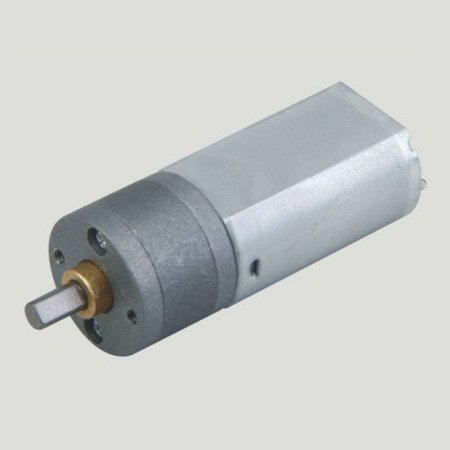
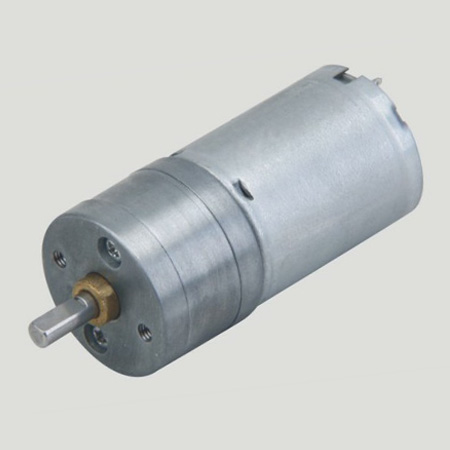
Application field:

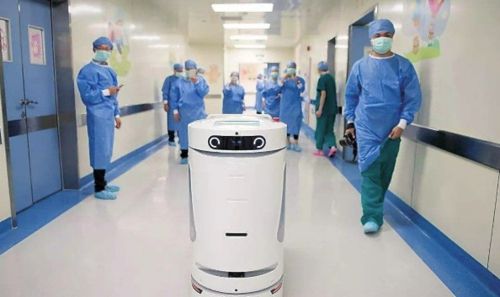

Method of use: the best stable in horizontal plane, installed on the gear reducer motor output shaft parts, cannot use a hammer to knock,knock prone to press into the gear reducer motor drive, may cause damage to internal components, and cannot be used in the case of blocked.
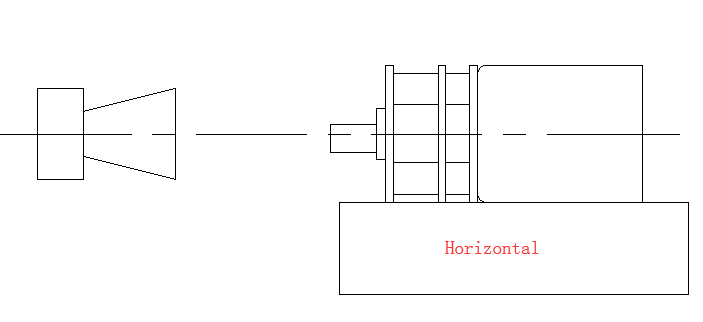
Operating temperature range:
Gear reducer motor should be used at a temperature of -10~60℃.
The figures stated in the catalog specifications are based on use at ordinary room temperature catalog specifications re based on use at ordinary room temperature (approximately20~25℃.
If a geared motor is used outside the prescribed temperature range,the grease on the gearhead area will become unable to function normally and the motor will become unable to start.Depending on the temperature conditions ,it may be possible to deal with them by changing the grease of the motor's parts.Please feel free to consult with us about this.
Storage temperature range:
Gear reducer motor should be stored ta a temperature of -15~65℃.
In case of storage outside this range,the grease on the gearhead area will become unable to function normally and the motor will become unable to start.
Service life:
The longevity of gear reducer motor is greatly affected by the load conditions , the mode of operation,the environment of use ,etc.Therefore,it is necessary to check the conditions under which the product will actually be used .The following conditions will have a negative effect on longevity.Please consult with us should any of them apply.
â—Use with a load that exceeds the rated torque
â—Frequent starting
â—Momentary reversals of turning direction
â—Impact loads
â—Long-term continuous operation
â—Forced turning using the output shaft
â—Use in which the permitted overhang load or the permitted thrust load is exceeded
â—A pulse drive ,e.g.,a short break,counter electromotive force,PWM control
â—Use of a voltage that is nonstandard as regards the rated voltage
â—Use outside the prescribed temperature or relative-humidity range,or in a special environment.
â—Please consult with us about these or any other conditions of use that may apply,so that we can be sure that you select the most appropriate model.
when it come to volume production,we're a major player as well .each month,we rurn out 600000 units,all of which are compliant with the rohs directive.Have any questions or special needed, please contact us, we have the engineer group and best sales department to service to you Looking forward to your inquiry. Welcome to our factory.
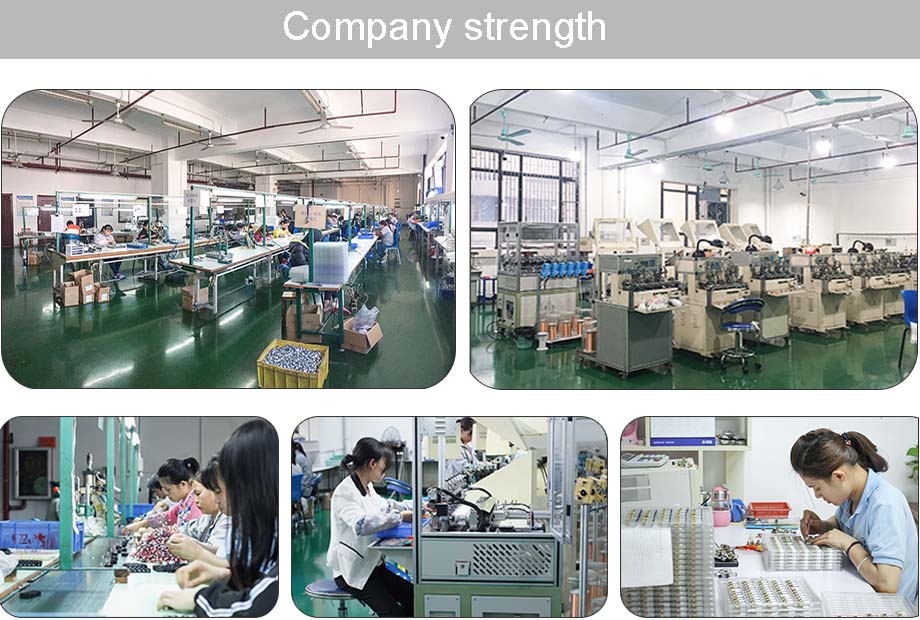
Gear Reducer Motor,Reducer Motor,Gear Reducer Stepper Motor,Dc Reducer Gear Motor
Shenzhen Shunchang Motor Co., LTD. , https://www.scgearmotor.com